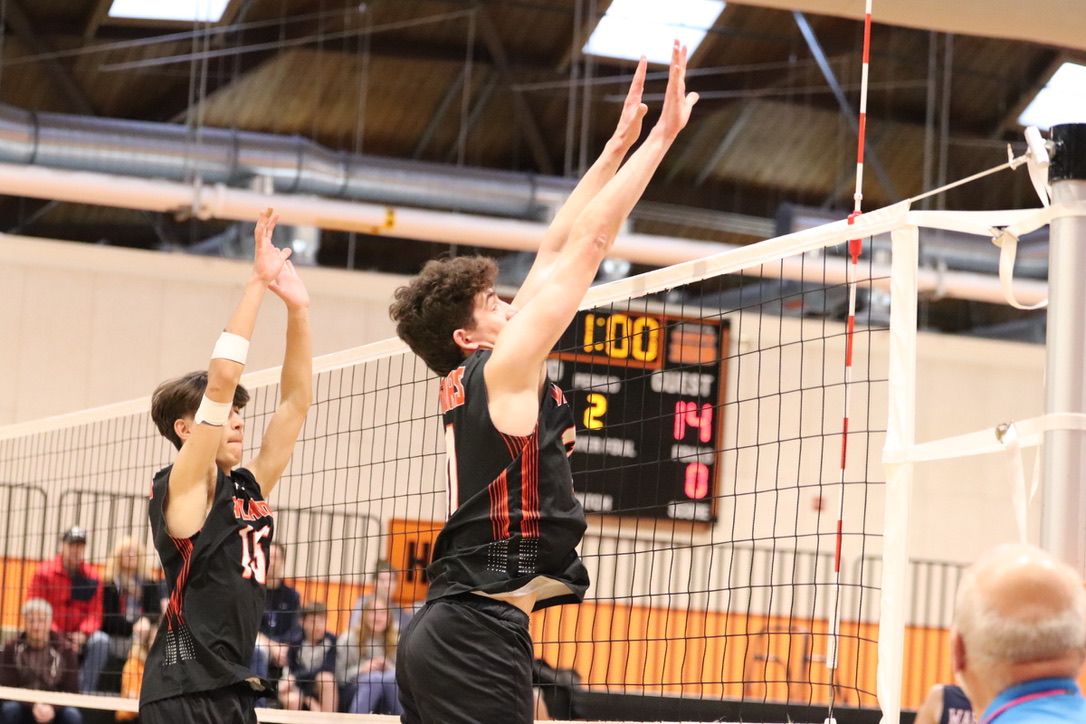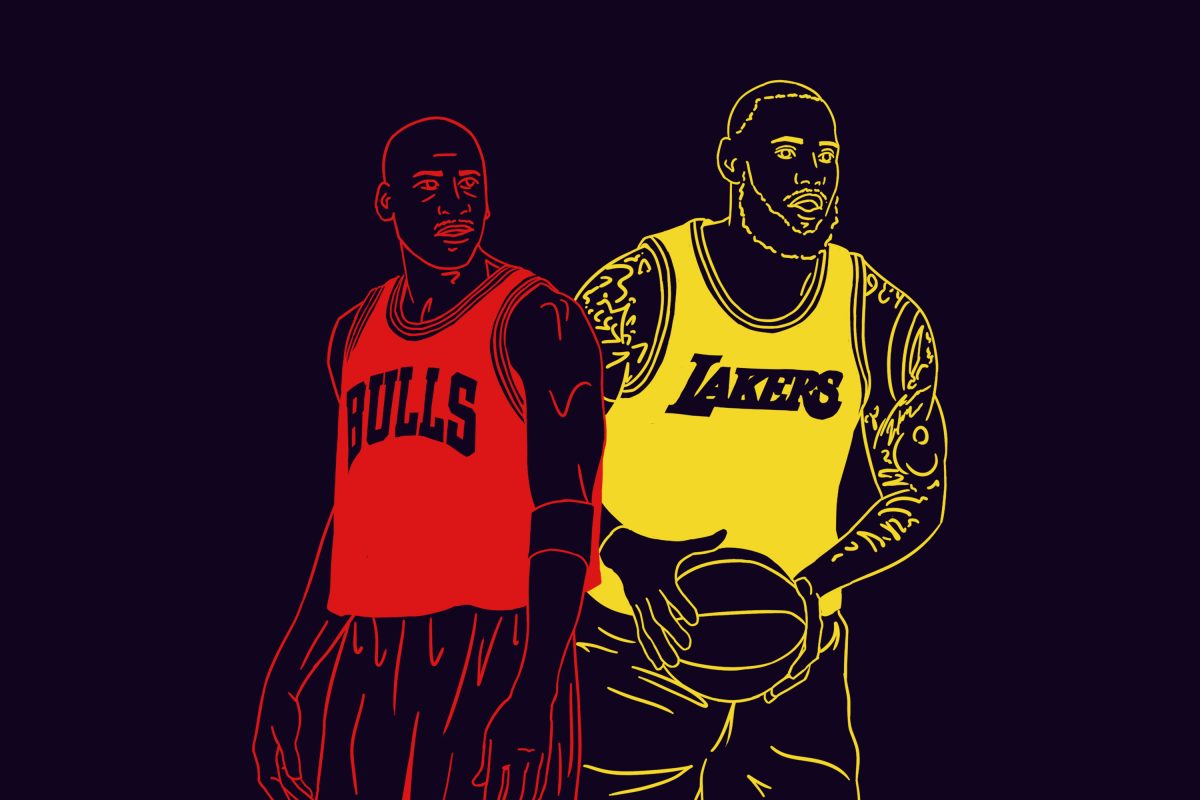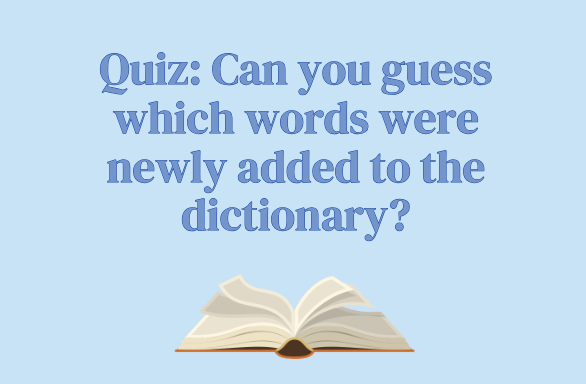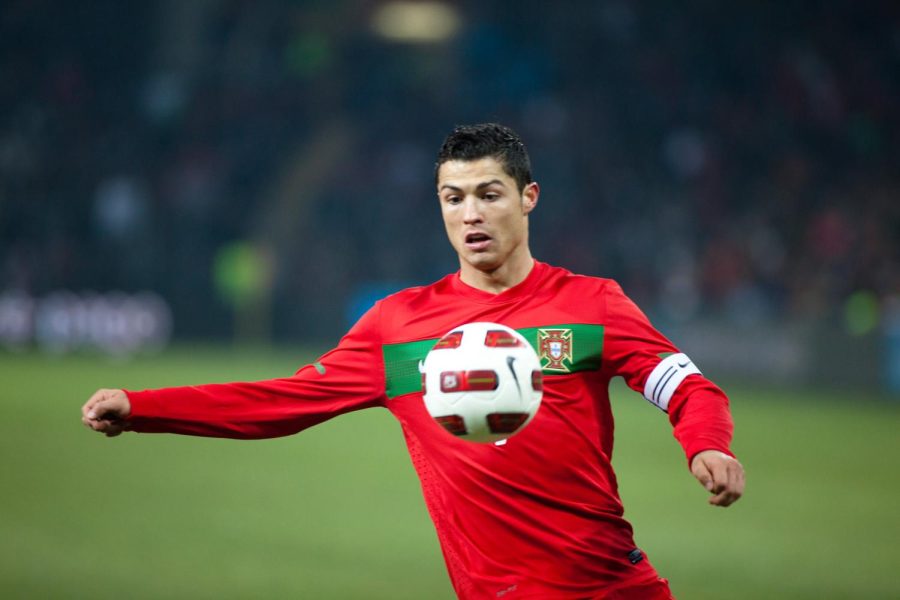Opinion: The crumbling downfall of Cristiano Ronaldo
Credit: Courtesy of Creative Commons user Ludavic Perón
WSPN’s Jeffery Zhang reflects on Ronaldo’s decision to transfer to Saudi Arabian soccer team Al Nassr.
January 17, 2023
Shortly after Portugal’s clumsy crash out of the 2022 World Cup, Cristiano Ronaldo’s transfer to the Saudi Arabian club soccer team Al Nassr hit social media. The Portuguese star will stay at Al Nassr for two and a half years and will reportedly earn close to $200 million a year. Aside from the eye-watering sum of money and the unsurprising transfer, how will Al Nassr compare to Ronaldo’s past teams, and is the spotlight over for Ronaldo?
Ronaldo’s transfer to Al Nassr marks a low point in his career and is a large fall from the previous powerhouses Ronaldo has played for in his tenure. Not only is Al Nassr relatively small compared to Ronaldo’s previous club teams, Manchester United and Real Madrid, but Al Nassr isn’t even allowed to participate in football’s biggest league: The UEFA Champions League.
Notable players among Al Nassr include Vincent Aboukar, captain of the Cameroon national team, and well… that’s about it. No amount of money paid out to Ronaldo will increase Al Nassr’s chances at winning anything half decent in the soccer world, and the astounding $200 million that Ronaldo is set to receive will not add to his trophy collection or his achievements. To put it frankly, Al Nassr is somewhat like Ronaldo’s retirement home. Is this Ronaldo’s fault? Not at all. But does his decision to transfer to Al Nassr promise great things for his career? No.
A major thing that prevents Ronaldo’s potential to win anything impressive is simply the league that Al Nassr is in. In football’s history, the biggest stages of the sport, such as the World Cup, have been dominated by European and South American countries. As a result, major competitions and tournaments have shifted to only allow teams from Europe and Great Britain, such as the Champions League.
The Saudi Pro League can only participate in the AFC Champions League, the Walmart version of the UEFA Champions league. Clubs such as Al Nassr are relatively unknown and world-class players often pursue more well-known clubs like Barcelona or Manchester City. So why did Ronaldo transfer to Al Nassr? To put it bluntly, his age.
Ronaldo will turn 38 on February 5th, and realistically, Al Nassr was the only option Ronaldo had in terms of professional-level clubs. There was no chance he could remain at a crumbling Manchester United, so Ronaldo’s only hope was to transfer to another big club. Here lies the problem: No major club would want to take an aging Ronaldo, who is now far from his prime. Let’s be real. Ronaldo’s not going to get better. He is not going to return to the level he once was and the rest of his career will only snowball downhill. However, does Ronaldo’s transfer to Al Nassr and his inevitable retirement take away from his accomplishments? Not at all.
To this day, Ronaldo leads in all-time goals scored for his club and country with a whopping 819 goals. He is tied at second place for the most number of UEFA Championship League (UCL) victories, and he has won 5 Ballon D’ors, which are “player of the year” awards. He’s also been a significant player for the Portuguese national team, winning the 2016 Euro Cup with Portugal and is the all-time top scorer for the Portuguese national team. Ronaldo has also won countless other trophies, but most importantly, Ronaldo is a role model in terms of hard work and dedication. His teammates described him as the first one to arrive at practice, and the last one to leave.
Ronaldo’s transfer to Al Nassr doesn’t take away from what he’s done for the soccer world, but, Al Nassr does mark the end of the inspiring and historic career of Christiano Ronaldo.












![WSPN’s Annika Martins and Maddie Zajac explore the athletic life of senior Annabelle Zhang through her badminton career. “This [photo] is me and my former partner after we won the 2022 junior nationals mixed doubles category,” Zhang said.](https://waylandstudentpress.com/wp-content/uploads/2024/04/IMG_6629-1200x900.jpg)












































































